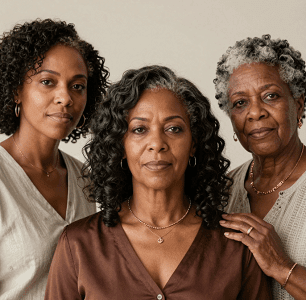Breast cancer patients living in disadvantaged neighborhoods face a significantly higher risk of mortality compared to those in more advantaged areas, according to a new study published in JAMA Network Open. The research highlights stark racial disparities in breast cancer outcomes tied to neighborhood conditions.
The national retrospective cohort study, led by Dr. Neha Goel from the University of Miami Miller School of Medicine, analyzed data from 350,824 breast cancer patients diagnosed between 2013 and 2018. Researchers found that patients in the most disadvantaged neighborhoods had a 43% higher risk of breast cancer-specific mortality compared to those in the most advantaged areas.
The study revealed notable racial and ethnic differences in neighborhood distribution. While 76.2% of non-Hispanic White patients lived in advantaged neighborhoods, the highest proportions of non-Hispanic Black (30.9%) and Hispanic (19.5%) patients were found in disadvantaged areas.
Overall, 25% of patients resided in the most advantaged neighborhoods, while 14.9% lived in the most disadvantaged areas.
The authors emphasized the need for further research to understand how neighborhood factors influence breast cancer outcomes beyond individual-level characteristics. They wrote, “To address these residual disparities associated with neighborhood disadvantage, future research must take a translational epidemiologic approach to focus on biological and nonbiological factors through which the built environment, above the beyond individual-level factors, may influence outcomes.”
The researchers suggest that considering neighborhood disadvantage could improve risk stratification for vulnerable populations and help develop targeted interventions to reduce breast cancer disparities.
See “Neighborhood Disadvantage Tied to Shorter Breast Cancer-Specific Survival” (April 19, 2024)



